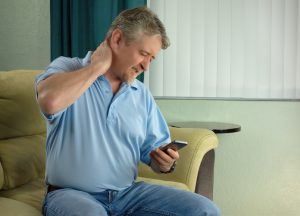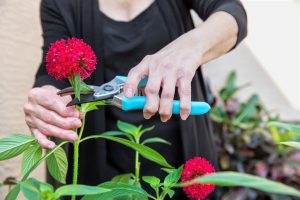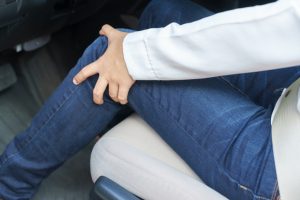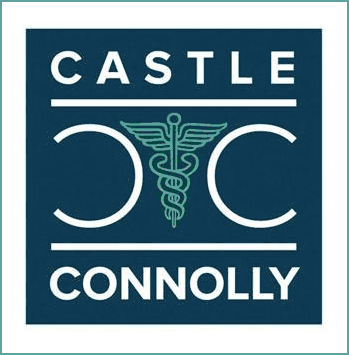
Text Neck, It’s a Real Thing!
Neck Pain? Texting too much at the wrong angle (15 to 60 degrees forward) for too long can lead to “Text Neck”. Also called “Tech Neck”, it’s a real, modern-age issue of neck muscle pain, headaches, and potentially “dowagers” hump. Less common symptoms are numbness, weakness, balance issues, and jaw pain. Adults have it. Children are now developing it, and worse still, it may impact how young bodies’ grow and develop – leading to prolonged neck, shoulder, curving of the spine, and low-back issues. Holding phones and mobile devices at different angles is linked to pounds of downward pressure exerted on the neck. Studies have shown how holding the phone at different angles varies this pressure: So, what can we do to prevent pain and inflammation associated with texting, or treat it if you already have it? Wear proper footwear. Athletic shoes or rubber soled shoes are preferred. Don’t wear sandals, open-toed shoes or shoes with slippery soles. Look for good traction. Watch out for long cords, toys, throw rugs, and other objects on the floor. Avoid wet floors and let your family members know when a floor was just mopped. OrthoConnecticut Can Help Our physicians and physician assistants are available to help you if you’re experiencing text neck or other spinal issues. Contact us today for an appointment and #getmovingCT.








